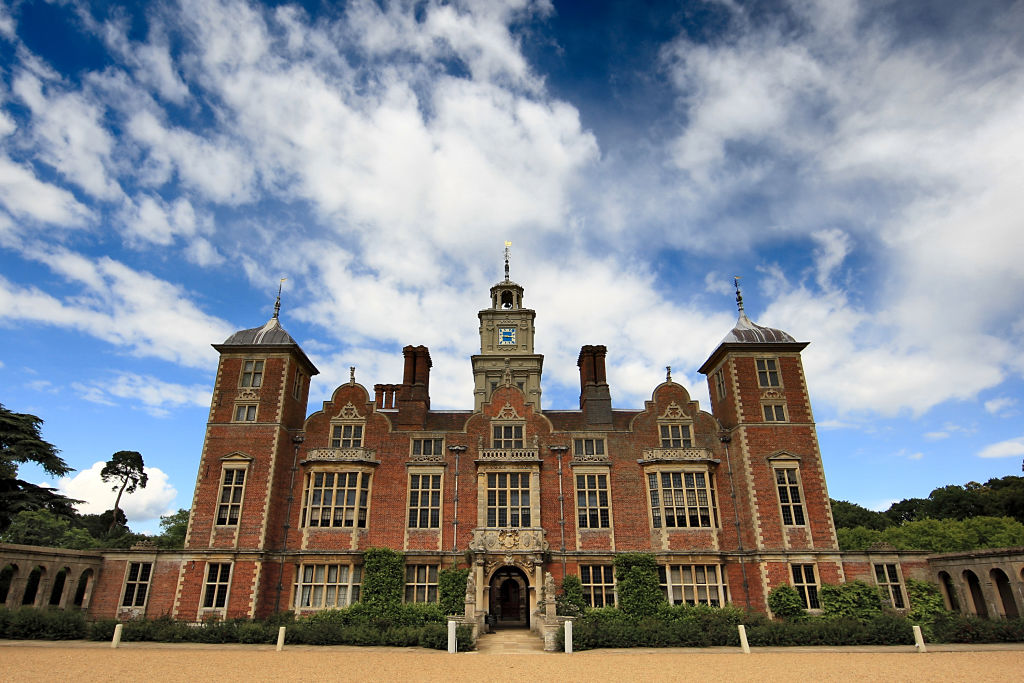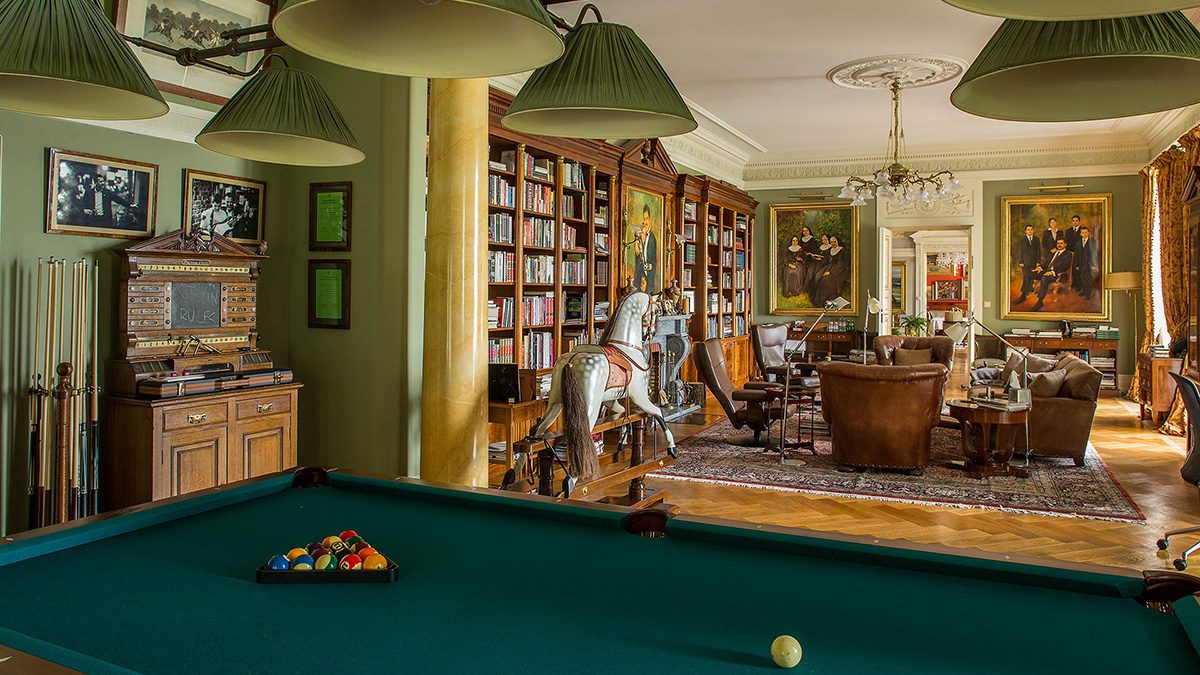Like many homes, Blickling Hall has had to deal with unexpected challenges during the pandemic. Unlike many homes, Blickling Hall is a massive manor house located in eastern England. Blickling Hall’s difficulties as of late aren’t centered around COVID-19; instead, they stem from the mild winter the region is currently experiencing. Among other things, this has led to a larger-than-expected number of clothes moths nearby — not an ideal scenario for a historic building full of historic clothing and furniture.
A new article at Atlas Obscura offers details on how the moth infestation at Blickling Hall is being addressed — with wasps. Tiny, tiny wasps.
The Blickling Estate has a history dating back to the 11th century, and is perhaps most famous for being the birthplace of Anne Boleyn. One of its libraries holds 12,500 books; Blickling Hall itself was built by Sir Henry Hobart in 1616. The estate is also home to a museum dedicated to the work of Royal Air Force Oulton, a bomber base established for World War II. Given the centuries of history contained there, it’s not hard to see why protecting that history is so important.
The Atlas Obscura article explains that the wasps being utilized — Trichogramma evanescens, or “dwarf wasps” — dine on moth eggs. They’ve also been used for similar purposes in places like flour mills — a natural alternative to pesticides or chemicals. The preservationists are also using moth pheromones to prevent male moths from fertilizing eggs — a wide-ranging strategy that will hopefully leave this historic home in good condition for future generations to enjoy.
Subscribe here for our free daily newsletter.
Thanks for reading InsideHook. Sign up for our daily newsletter and be in the know.
















